Why the diary of a Jewish girl who was murdered in the Holocaust still moves young people around the world today.
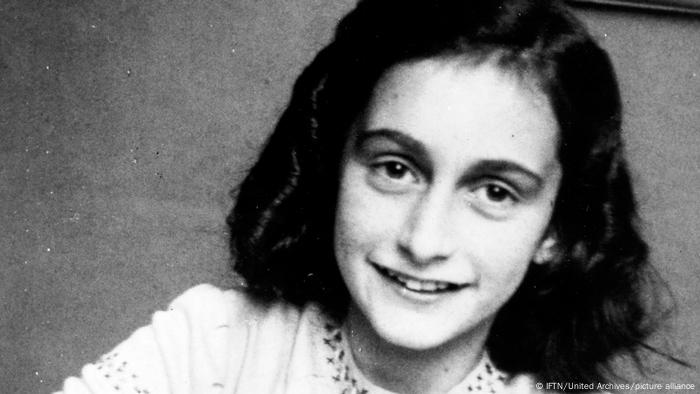
The Jewish girl Anne Frank was murdered by the Nazis in Bergen-Belsen
It all started modestly: when Otto Frank published his daughter Anne's diary on June 25, 1947, it initially had a print run of just 3,036 copies. “Achterhuis” (German: “The Secret Annex”) first appeared in Dutch in 1946. The German version follows in 1950, with an equally modest first edition of 4,600 copies. That changes with an inexpensive paperback edition in German. But the book didn't become a bestseller, even in France or the USA, where it was launched in 1952, the sales figures were very manageable.
That changed when the story was published in New York in 1955 as Play conquers the stage. More than two million viewers also see the play in Germany. It wins several prizes, including the Pulitzer Prize for Theater, the Tony Award and the New York Drama Critics' Circle Award for Best Play . A Hollywood film that won three Oscars followed in 1959.
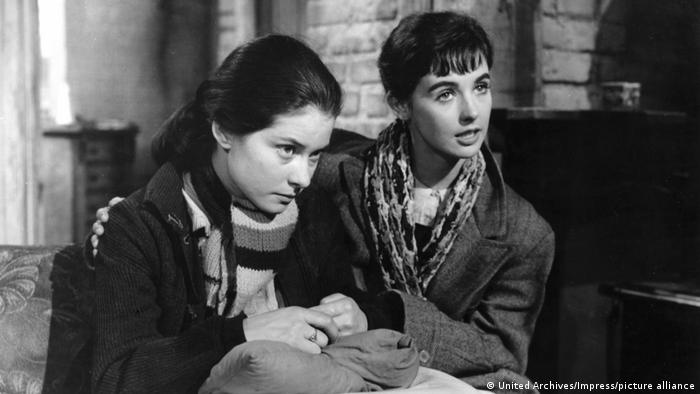
Scene from the 1959 Hollywood film: Millie Perkins (r.) played Anne Frank – here with Diane Baker as Margot
The popularity of Anne Frank's diary is unstoppable. To date it has sold millions of copies and is available in 70 languages. This makes it one of the most translated books in the world.
Diary as “entry” into Holocaust commemoration
In her diary, the Jewish girl Anne Frank describes the time she and her family were hiding from the Nazis in German-occupied Amsterdam.

A copy of Anne's diary on display at the Anne Frank Center in Berlin
To this day, it brings children and young people around the world closer to the horrors of the Holocaust. Veronika Nahm, director of the Anne Frank Center in Berlin, said in an interview with DW: “Anne Frank writes about things that are relevant for young people in this phase of life: family, being in love, arguments with the mother. But also: who determines who I am? What do I want to be when I grow up, what should the world look like in the future?”
The Anne Frank Center uses the diary, according to Nahm, to give young people “an introduction to the topics of the Holocaust and National Socialism”. The life of Anne Frank's family and friends also plays a role: Otto Frank witnessed the book burning in Frankfurt, Anne's uncles were arrested during the November pogroms, her best friend Hannah Pick-Goslar survived the Bergen-Belsen concentration camp and bears witness to this day about the Holocaust.
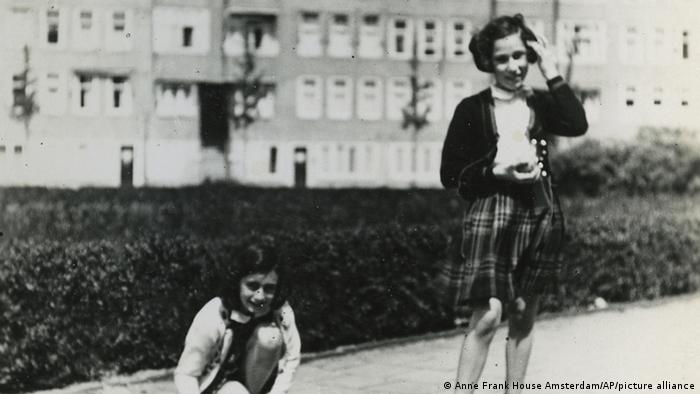
In this photograph of the Anne Frank Hus in Amsterdam, Anne (l .) in May 1941 with her friend Hannah in Amsterdam
A more varied commemoration
A current study proves that young people in Germany are more concerned with the Nazi era and the Holocaust than their parents' generation. Nahm also observed this: “We can see that the young people are very interested in the Holocaust and the history of National Socialism,” she says. The number of visitors to the exhibition at the Anne Frank Center would also prove this. “If it's not Corona, we have increasing numbers every year.”
Dealing with the past has become more diverse in the 21st century: young people from Turkey and Germany on a project about Turkish Jews in Berlin at the time of National Socialism, and young people are also working with North African helpers who stood up for their Jewish fellow human beings.

In this attic, Anne Frank dreamed of life after the war as a novelist and journalist.
The starting point for all these projects is the diary of a Jewish girl who after wanted to make a novel out of it after the war. Anne Frank dreamed of becoming an author and journalist. It was not to come to that: in 1944 the family hiding place in Amsterdam was betrayed to the Gestapo and the family was deported. Anne Frank died in Bergen-Belsen concentration camp in 1945.
 Who was Anne Frank?
Who was Anne Frank?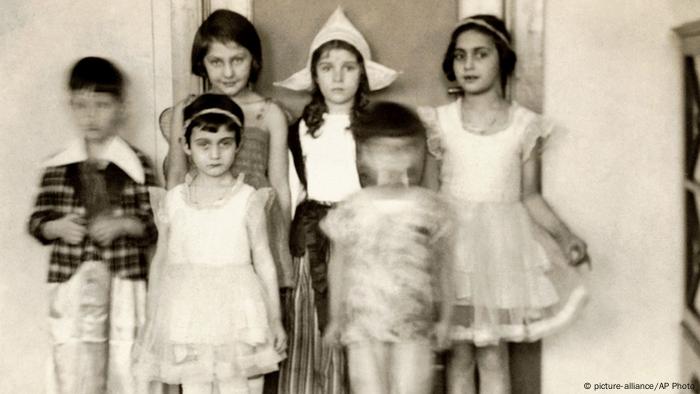 Who was Anne Frank?
Who was Anne Frank?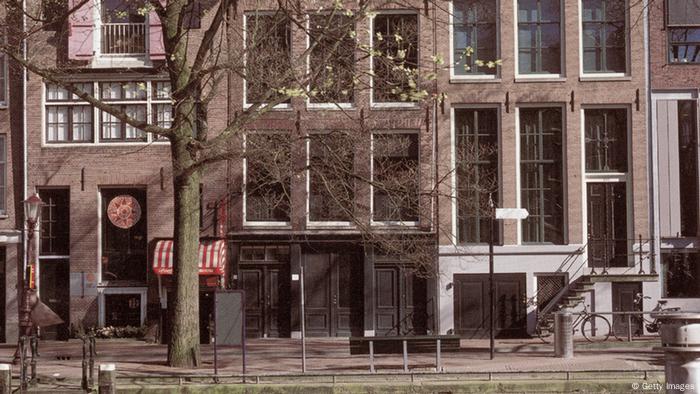 Who was Anne Frank?
Who was Anne Frank? Who was Anne Frank?
Who was Anne Frank?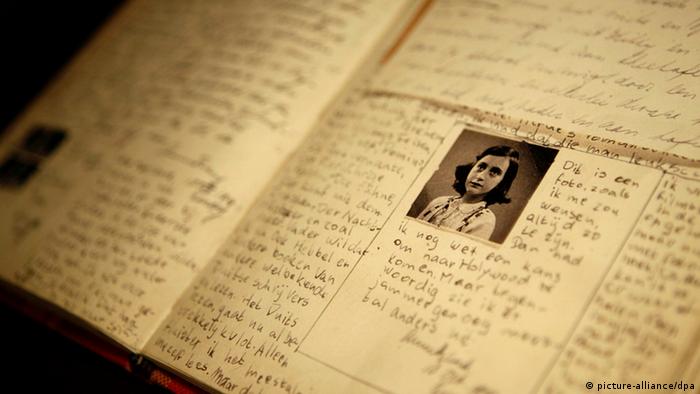 Who was Anne Frank?
Who was Anne Frank?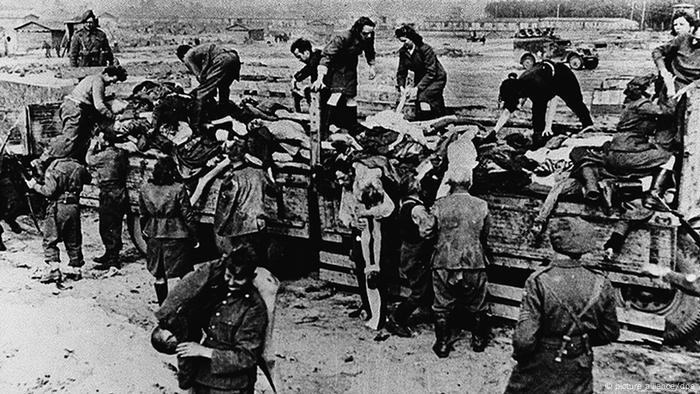 Who was Anne Frank?
Who was Anne Frank? Who was Anne Frank ?
Who was Anne Frank ?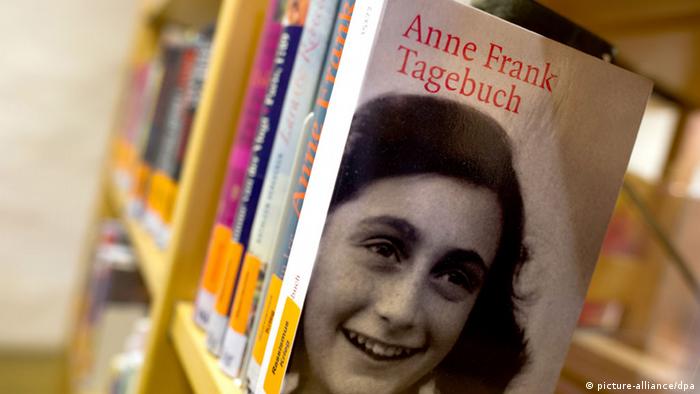 Who was Anne Frank?
Who was Anne Frank?